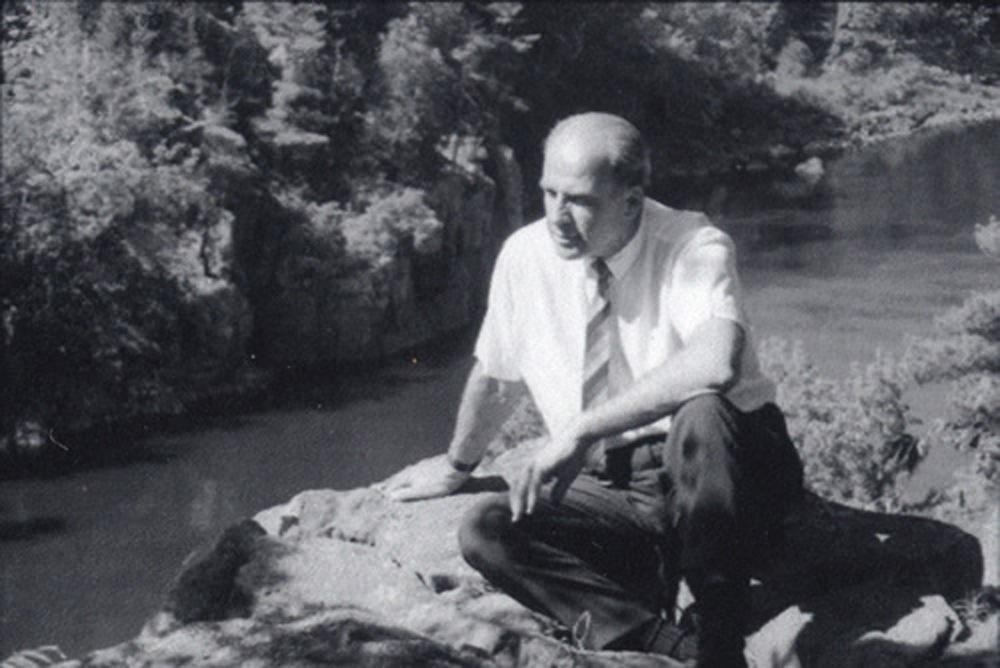|
This is a hard Earth Day. Many of us are separated from each other, and sometimes limited in our ability to get out into the environment to celebrate. It is also a momentous Earth day because it marks 50 years since Democratic Sen. Gaylord Nelson and Republican Congressman Pete McCloskey decided to organize a day of teach-ins at school campuses across the United States to promote consciousness about air and water pollution. Hopefully, the somewhat slower pace imposed on us by the Covid-19 crisis provides us with some time to reflect on how far we’ve come in our efforts to protect the planet in the five decades since that first Earth Day, as well as what challenges lay ahead.  I am of an age that I was part of the first Earth Day Celebration in 1970. The Arrowhead Elementary School Ecology Club was my first environmental organizing effort: trash cleans ups and tree plantings. Fifty years later, our activities on that day are still vivid memories – complete with images of bell bottoms, long hair and my oh-so-cool fifth grade teacher Mrs. Schooley, who empowered us to make it happen. Connecting that day to today evokes a feeling of stewardship, although I wouldn’t have called it that at 10. Cleaning up trash and planting new pine trees at the edge of the woods behind the school made me feel good because I knew and loved that little forest: I was taking care of something that was important to me. That feeling guides the work of the American Littoral Society today: we care for the coast and have since 1961. Today, with a lifetime of perspective and a couple of science degrees, I understand the environment’s importance to me, and all of us, at a different level. Our work draws on science as we seek to protect marine life and habitats, wrestle with the threat of climate change, and empower others to clean up plastics and debris along our shores. We do it all so that our children and their children will have the opportunity to enjoy the remarkable beauty that draws us to these special places. Facing our next 50 years, there are plenty of coastal conservation challenges to tackle. In the short term, we have to heal our communities, ensure our neighbors, families and friends are healthy and able to get people back on their feet economically. There will be opportunities there to care for our coast in those efforts. Investing in clean water, restored wildlife habitats, and open accessible beaches can bring jobs and jumpstart local businesses. Longer term, we must address climate change, rebuild fish stocks, and aid the recovery of endangered species populations – from horseshoe crabs to right whales. Restoring America’s bays, estuaries and coastline will take extraordinary effort and ingenuity. All these efforts begin with the same motivation that launched my elementary school ecology club 50 years ago: We must care for the things we love so we can keep them. Not just as pictures in a book or memories of times past, but as living things that can be enjoyed now and for generations to come. Onward, Tim Dillingham Executive Director, American Littoral Society Comments are closed.
|
Archives
July 2024
Categories
All
|



